We have been eating strawberries for a long time, yet it holds a secret that many people do not know. The strawberry is not only a fruit or a vegetable but is also referred to as a ‘false fruit’ or a pseudocarp, according to information from the Carnegie Museum.
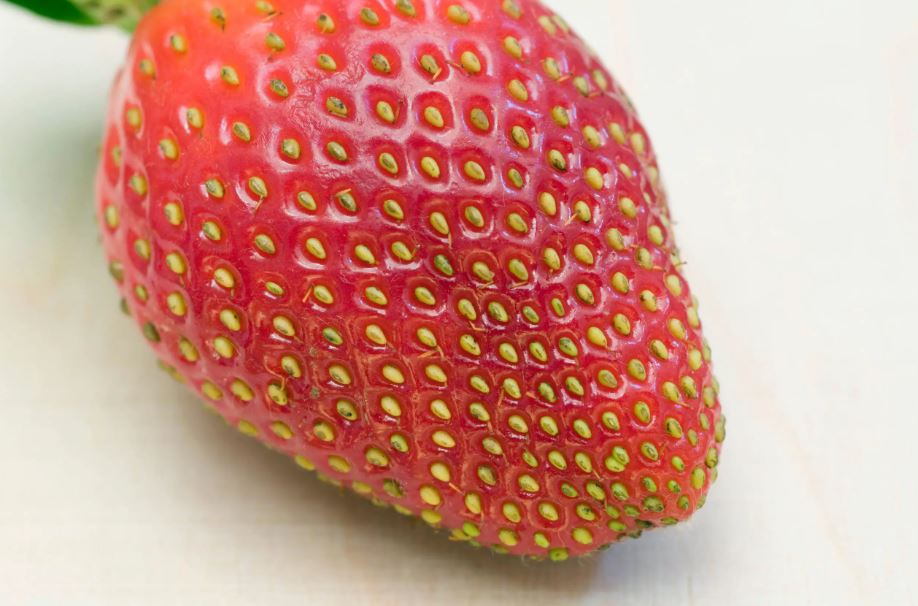
This distinction arises from the fact that the strawberry is a composite fruit composed of many tiny individual fruits embedded within its flesh.
Strawberries are not classified as a single fruit and do not qualify as berries.
Strawberries are technically classified as aggregate fruits, belonging to the Rosaceae family, a category that also includes raspberries and blackberries.
The term 'berry' has a broad definition, denoting any edible, pulpy fruit containing seeds. However, a precise scientific classification exists.
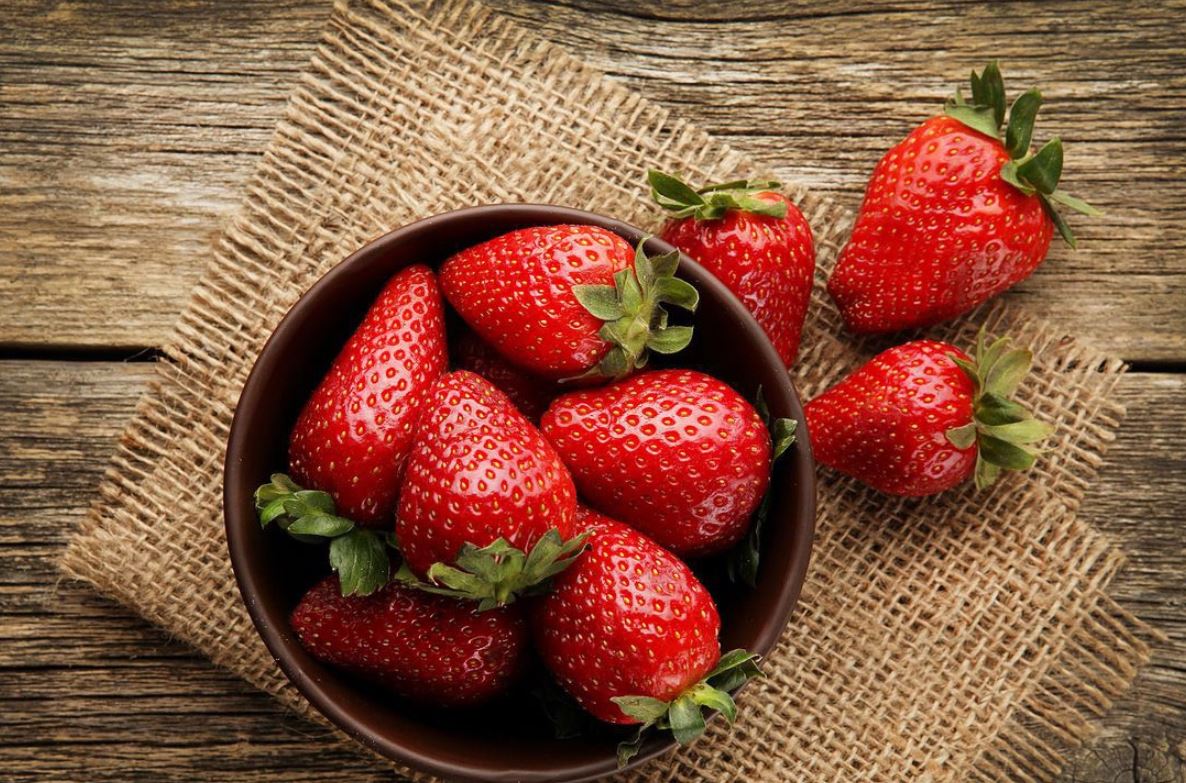
For a fruit to be officially categorized as a berry, it must contain more than one seed and consist of three layers: an outer skin (exocarp), a fleshy middle (mesocarp), and an inner enclosure that houses the seeds (endocarp).
Berries are divided into two distinct groups, both originating from the development of a single ovary within an individual flower.
Let's revisit the concept that "strawberries aren't berries." The commonly held logic is that true berries have their seeds internally, while strawberries have their seeds on the outside
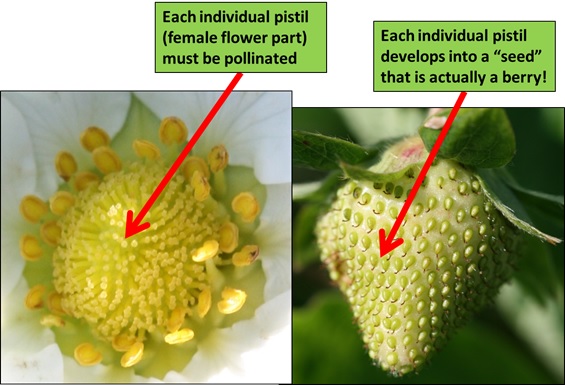
So, what we've been eating is actually the base of the strawberry flower, not the strawberry. Strawberries are actually little dots on the outside. Despite its appearance, it has seeds inside, which are fertile like all other fruits.
Interesting, right?
According to North Carolina State University, it's shared that 'Those things we think of as strawberry seeds aren’t seeds,' and 'those 'seeds' on the outside of a strawberry are actually the fruits, each of which contains a single seed.
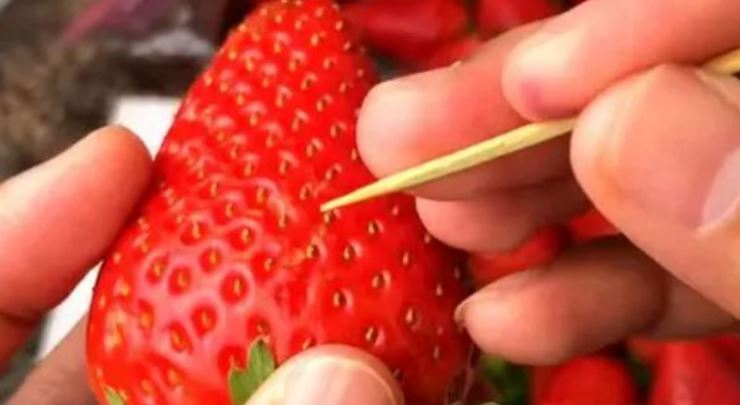
Given that a strawberry doesn't qualify as a berry or a traditional fruit, what exactly is it? The strawberry originates from the segment of the strawberry plant that links the flower to the stem.
This growth is set in motion by the process of pollination, causing the plant to experience a growth spurt.
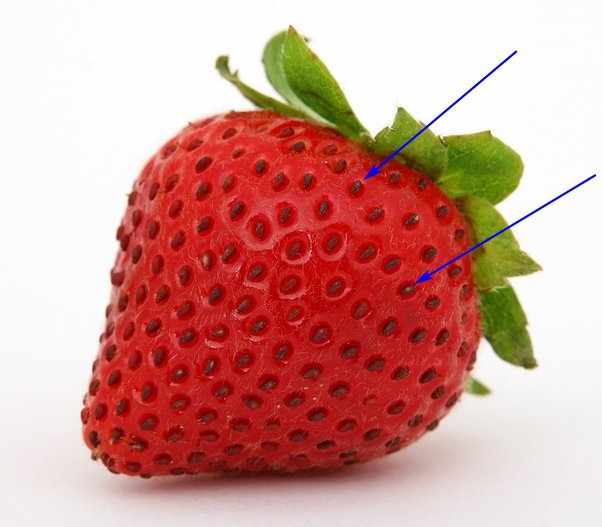
“In ’true fruits, like peaches, a flower is pollinated and then the flower’s ovary swells and becomes the fruit, with the seed or seeds in the middle. Not so with strawberries,” North Carolina State University said.
Contrary to expectations, the fertilized ovaries do not expand; they remain desiccated and withered on the surface of the strawberry, enclosing the seeds. Interestingly, it's quite improbable that either you or I have ever directly observed a strawberry seed. (Quite a fascinating notion, isn't it?






